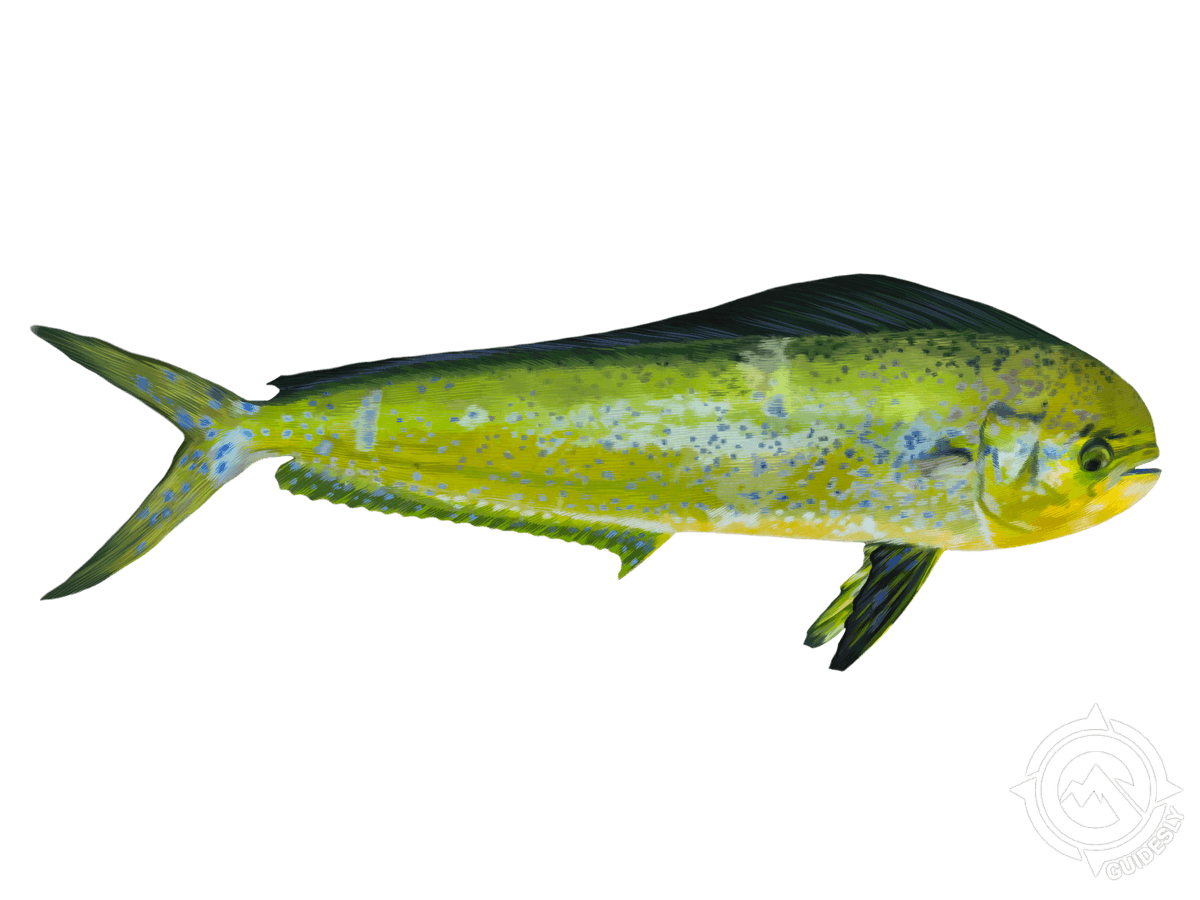Top-Rated 4-Hour Solo Fishing Trip | Bluewater Charter
- Published Date: July 17, 2025
- Fishing
- Panama City, Florida
- $400 - $850 price range
- Updated Date: September 14, 2025
Summary
%2F%2Fusers%2F5fd9e607-2012-4c2f-9508-67404d22169a%2Fratecard%2F096a19d9-0a0b-45cd-97c8-15bdea54f2fe.jpg&w=1200&q=75)
Solo Fishing Adventure in Panama City
Hey there, lone angler! Captain Stephen Hess here, ready to take you on a personalized fishing trip that'll knock your socks off. This 4-hour charter is tailor-made for solo fishermen who want the full experience without breaking the bank. We'll hit the inshore or nearshore waters of Panama City, depending on where the fish are biting. Whether you're after cobia, amberjack, or whatever's running hot, we've got you covered. No need to fuss with gear or licenses – I've got all that sorted. So grab your hat and let's get after some fish!
What to Expect on the Water
Listen, this ain't your average fishing trip. We're talking a one-on-one adventure with yours truly, Captain Stephen. I'll pick you up at the dock, and from there, it's all about what YOU want to catch. Feeling like battling a hard-fighting amberjack? We can do that. Want to try your luck with the elusive cobia? I know just the spots. And don't worry if you're new to this – I've got anglers of all levels covered. We'll adjust our tactics based on the conditions and your skill set. It's all about having a blast and hopefully landing some impressive fish in the process.
Techniques and Tackle Talk
Alright, let's get into the nitty-gritty. Depending on our target species and conditions, we might be doing some light trolling, bottom fishing, or sight casting. I've got a fully-rigged boat with top-notch gear – we're talking Penn reels and custom rods that'll give you the edge when fighting those big ones. For bait, we'll use a mix of live and artificial stuff. Might throw out some live pinfish for cobia or jig up some amberjack with butterfly jigs. And hey, if you've got a favorite lure or technique you want to try, bring it on! This trip is all about you, after all.
Top Catches This Season
Now, let me tell you about the fish we're after. Panama City's waters are teeming with some real beauties, and each one's got its own personality:
King Mackerel: These speedsters are a blast to catch. They'll smoke your reel with blistering runs and put up one heck of a fight. We usually find them chasing bait schools near the surface. Best time to target them is spring through fall, and man, do they make for some good eating.
Mahi Mahi: Also known as dorado or dolphinfish, these guys are the acrobats of the sea. Bright colors, high-flying jumps – it's a real show when you hook one. They love structure, so we'll look for floating debris or weedlines. They're around most of the year but really fire up in the warmer months.
Greater Amberjack: If you want a workout, these are your fish. We call 'em "reef donkeys" for a reason – they're stubborn fighters that'll test your arms and your gear. We'll drop jigs near wrecks and reefs to entice these bruisers. They're most active in the spring and fall.
Cobia: Ah, the cobia – one of my personal favorites. These curious fish often swim right up to the boat, giving us a chance for some exciting sight fishing. They're strong, smart, and taste amazing. Spring is prime time for cobia, as they migrate along our coast.
Red Snapper: These guys are the pride of the Gulf. Bright red, delicious, and always ready for a tussle. We'll drop baits to the bottom where these fish hang out near reefs and ledges. The season's strictly regulated, but when it's open, it's non-stop action.
Why Anglers Keep Coming Back
Look, I've been running these waters for years, and there's a reason folks keep booking trips with me. It's not just about catching fish – it's about the experience. You'll get personalized attention, learn some new tricks, and hopefully walk away with some fish tales to tell. Plus, as a solo angler, you're getting the flexibility to call the shots. Want to try for a specific species? Let's do it. Need to work on your casting? I've got you. It's all about making the most of your time on the water.
Time to Book Your Spot
Alright, angler, what do you say? Ready to hit the water and see what Panama City's got in store? This solo trip is perfect for sharpening your skills, trying new techniques, or just enjoying a day away from it all. Remember, I've got all the gear and licenses covered – all you need to bring is your sense of adventure (and maybe a snack or two). Spaces fill up fast, especially during peak seasons, so don't wait too long to lock in your spot. Let's make some memories and catch some fish!
Learn more about the species
Cobia
Cobia are odd-looking fish that pack a serious punch. They average 30-50 pounds but can top 100. You'll spot them cruising near the surface, often following rays or sharks. Spring is prime time as they migrate along the coast. Anglers love cobia for their powerful runs and jumps. They're also excellent table fare. To catch one, sight-cast with live eels or large jigs. When you see a fish, get your bait in front of it fast. Cobia are curious and will often investigate. But once hooked, be ready for a long fight. Pro tip: keep a pitch rod ready. You never know when a cobia will pop up next to the boat.

Greater Amberjack
Greater Amberjack are bruisers - they can top 100 pounds and fight like freight trains. You'll find them around reefs and wrecks in 60-240 feet of water. Spring and fall are peak seasons as they move to spawning grounds. Anglers love AJs for their sheer power - be ready for a workout. They're good eating too, just watch for ciguatera in big ones. To catch them, drop live bait or heavy jigs to the bottom. When you feel the thump, hold on tight. These fish will try to break you off in the structure. Local tip: if you're using live bait, a blue runner is hard to beat. AJs can't resist them.

King Mackerel
King Mackerel are fast, powerful fish that'll give you a real fight. They typically run 20-40 pounds but can get up to 90. Look for them in waters 40-150 feet deep, often near structure or following bait schools. Spring and fall are prime seasons as they migrate. Anglers love Kings for their speed - they'll smoke your reel. To land one, try trolling with live bait like blue runners or cigar minnows. Use wire leaders - those teeth are sharp. When you hook up, be ready for blistering runs. Kings make great eating too, just watch out for the bones. Local tip: Keep an eye out for birds diving - that often means Kings are feeding below.

Mahi Mahi or Common Dolphinfish
Mahi Mahi are one of the most colorful fish you'll catch - electric blues and greens that fade fast out of water. They average 15-30 pounds but can top 60. You'll find them in open water, often near floating debris or weed lines. Spring through fall is best, with summer being prime time. Mahi are known for their acrobatics - they'll jump and tailwalk across the surface. They're also great eating, with a mild, sweet flavor. To catch them, troll with ballyhoo or artificial lures that skip on the surface. Watch for birds working - that's a good sign Mahi are feeding below. Pro tip: when you hook one, keep it in the water. Others will often follow, giving you a shot at multiple fish.

Red Snapper
Red Snapper are prized for both their fight and flavor. They average 5-15 pounds but can reach 30+. You'll find them around reefs and wrecks in 60-300 feet of water. Summer is prime season when regulations allow. Anglers love snappers for their hard-pulling fight and excellent eating quality. To catch them, drop heavy tackle with live bait or cut bait to the bottom. When you feel the thump, reel fast - snappers will dive for cover if given the chance. Be ready for a tough battle to get them off the bottom. Local tip: use circle hooks to reduce gut-hooking these tasty fish. It's better for the fish and makes for easier releases.

About the Bluewater
%2F%2Fusers%2F5fd9e607-2012-4c2f-9508-67404d22169a%2Fvehicle_picture%2Fimage24.png&w=1200&q=75)
Vehicle Guest Capacity: 4
Manufacturer Name: Yamaha
Maximum Cruising Speed: 40
Number of Engines: 1
Horsepower per Engine: 150
%2Ffit-in%2F250x250%2Fguide_websites%2F19233%2Fimages%2F1729549488883bluewater-logo.png&w=1200&q=100)

%2Fusers%2F5fd9e607-2012-4c2f-9508-67404d22169a%2Fimages%2Ffishing-panama-city-2399.jpg&w=768&q=75)
%2Fusers%2F5fd9e607-2012-4c2f-9508-67404d22169a%2Fimages%2Fbest-fishing-day-panama-city-2395.jpg&w=768&q=75)
%2Fusers%2F5fd9e607-2012-4c2f-9508-67404d22169a%2Fimages%2Ffishing-florida-adventure-2404.png&w=768&q=75)
%2Fusers%2F5fd9e607-2012-4c2f-9508-67404d22169a%2Fimages%2Fking-mackerel-fishing-florida-2500.jpg&w=768&q=75)
%2Fusers%2F5fd9e607-2012-4c2f-9508-67404d22169a%2Fimages%2Ffishing-panama-city-2448.jpg&w=768&q=75)
%2Fusers%2F5fd9e607-2012-4c2f-9508-67404d22169a%2Fimages%2Ffishing-triumph-in-fl-2776.jpg&w=768&q=75)
%2Fusers%2F5fd9e607-2012-4c2f-9508-67404d22169a%2Fimages%2Ffishing-panama-city-2371.jpg&w=768&q=75)
%2Fusers%2F5fd9e607-2012-4c2f-9508-67404d22169a%2Fimages%2Ffishing-adventure-florida-2396.jpg&w=768&q=75)
%2Fusers%2F5fd9e607-2012-4c2f-9508-67404d22169a%2Fimages%2Fthrilling-fishing-trip-florida-2423.jpg&w=768&q=75)
%2Fusers%2F5fd9e607-2012-4c2f-9508-67404d22169a%2Fimages%2Fbountiful-spanish-mackerel-fishing-fl-2496.jpg&w=768&q=75)

